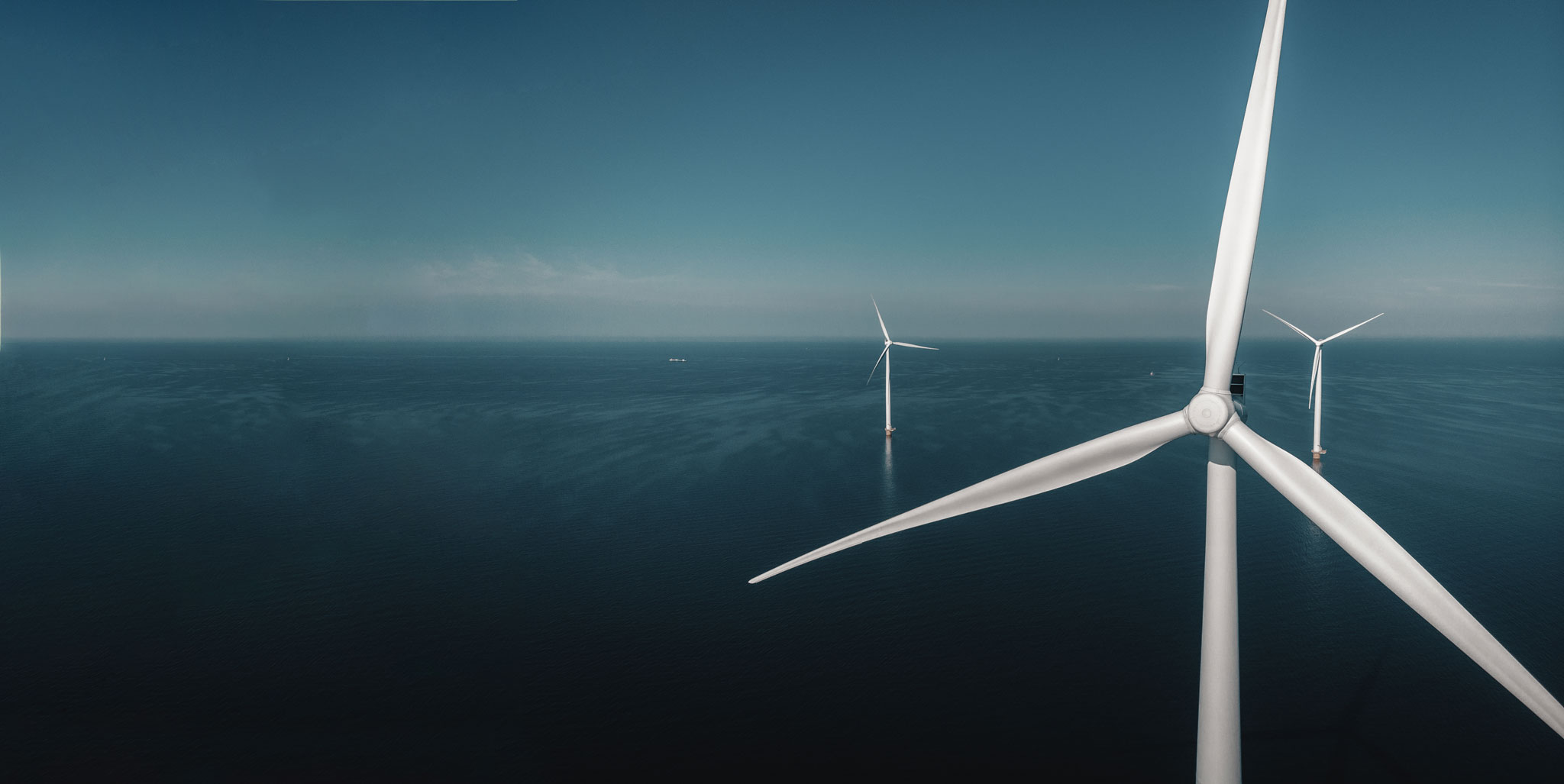Main navigation
Specially designed for you, this tool will help you estimate, step by step, the thickness of the coating to apply and the quantity fo wire to use in all your projects, whichever corrosion classes you work with and the type of wire selected.

* The figure given above is purely theoretical and is given for information only. It therefore does not engage Zinacor S.A. in any way. In practice, you will have to take into account many technical, design and human factors that will increase the quantity to be used.
Get in touch helps us to understand you better
Rue de Chênée 53 (entrée B)
B-4031 Angleur- Belgique
Telephone +3243666471
Get in touch helps us to understand you better
- Technical advices
-
Gas or liquid combustion metallising
Gas or liquid combustion metallising
Wire flame spraying (WFS)
This process consists of introducing a zinc or zinc-aluminium wire into a spray gun fed with gas (propane or acetylene and oxygen). The wire across the gun is melted by gas combustion. It is then sprayed using compressed air onto the surface to be metallised.
Wires with larger diameter, generally starting at 3mm, are used for this type of spray gun.
Materials used:
- wires;
- bars;
- cords.
Fields of application:
- steel structures for anti-corrosion protection;
- gearbox fork;
- synchro ring;
- piston ring.
For more details: method and equipment
Powder flame spraying (PFS)
Powder flame spraying is a simple process of thermal spraying which uses the energy of a chemical reaction. A powder material is introduced at the centre of an oxy-fuel flame produced by a blowtorch. The powder is then sprayed at high speed due to kinetic energy transferred by combustion gases. With over 100 different materials, the range of coats to apply is thus very wide.
Materials used in powder form:
- metals;
- plastics.
Fields of application:
- rolling rolls;
- bearing rings;
- rotors;
- extrusion screws;
- steel structures for anti-corrosion protection.
For more details: method and equipment
Detonation gas spraying (DGS)
A detonation gun consists of a 25mm tube, one meter long, with a combustion chamber at its end. Powder is introduced at the same time as the combustion gas mixture (acetylene-oxygen) which detonates due to a spark. The shock wave thus created accelerates particle spraying. Particles going through a flame are thus molten and ejected at very high speed. This is a discontinuous system.
Materials used in powder form:
- pure metals;
- alloys;
- ceramic oxides;
- materials containing nickel;
- materials containing cobalt.
Fields of application:
- pump pistons;
- turbine rotors in steam turbines;
- medical engineering: implants;
- oil and gas industry: gas compressors;
- paper industry: calender rolls.
For more details: method and equipment
HVOF/HVAF powder spraying
A mixture of fuel-oxygen is continuously burned in a combustion chamber. Hydrogen, propylene, propane, methane and kerosene are used as fuels. Gas combustion will generate a high-pressure combustion reaction. The powder to be sprayed is introduced into the flame where it becomes molten and is then strongly accelerated. This process is thus used for producing high-density coatings with optimum adhesion.
Materials used in powder form:
- pure metals;
- alloys;
- carbides;
- ceramics;
- materials containing cobalt;
- materials containing nickel.
Fields of application:
- aviation: aircraft engines, landing gears, landing flaps;
- gas and oil industry: valves;
- building machinery: pistons, hydraulic cylinders;
- power plants: turbines.
For more details: method and equipment
Other questions
-
Category :History of metallising
-
Category :Metallising using expansion of compressed gas without combustion
-
Category :Metallising by electrical discharge or gas
-
Category :Classification of the different metallising processes
-
Category :Laser cladding
ISO 2063 Standard
Contact


We use cookies to improve your online experience.
For more information, visit our privacy policy


